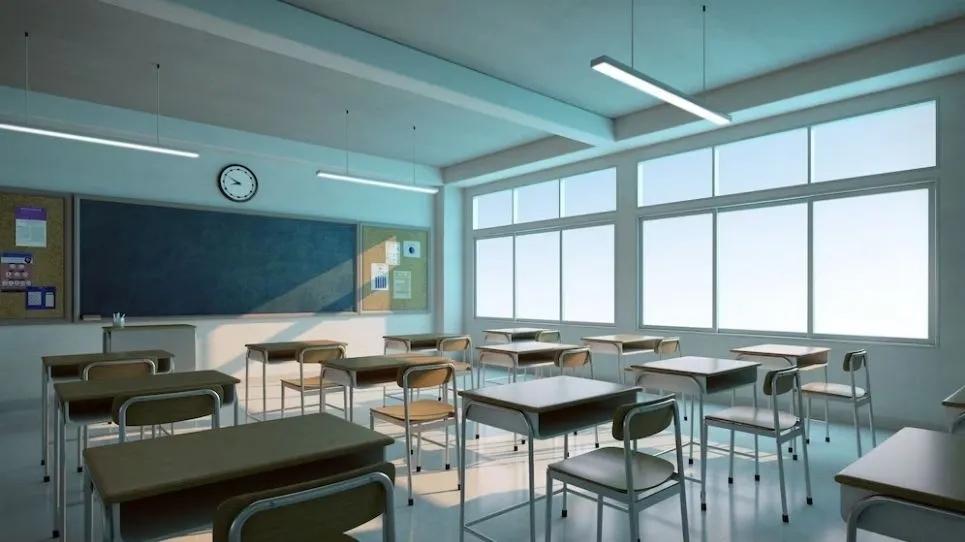The impact of a lower student to teacher ratio in education

The pupil teacher ratio is a key factor in determining the quality of education. It refers to the number of students assigned to each teacher in a classroom. A lower pupil teacher ratio means that each teacher has fewer students to focus on, which can lead to several benefits.
What is a pupil teacher ratio?
The pupil teacher ratio is calculated by dividing the total number of students in a school by the total number of teachers. For example, a school with 100 students and 10 teachers would have a pupil teacher ratio of 10:1.
Why is the pupil teacher ratio important?
A lower pupil teacher ratio is important because it allows teachers to give more individualized attention to each student. This can lead to improved academic outcomes, as well as social and emotional development.
Benefits of a lower pupil teacher ratio:
- Improved academic outcomes: Students in smaller classes tend to score higher on standardized tests and are more likely to graduate from high school and attend college.
- Increased individualized attention: Teachers with fewer students can better identify each student’s strengths and weaknesses and provide tailored instruction.
- Enhanced social and emotional development: Students in smaller classes have more opportunities to interact with their teachers and classmates, which can lead to improved social and emotional development.
How does the pupil teacher ratio affect teachers?
A lower pupil teacher ratio can also have a positive impact on teachers. Teachers with fewer students are less likely to experience burnout and have more time to plan lessons and collaborate with colleagues.
How can the pupil-teacher ratio be reduced?
Are a few things that can be done to reduce the pupil teacher ratio:
- Hire more teachers: The most obvious way to reduce the pupil ratio is to hire more teachers. However, this can be expensive and may not be feasible in all cases.
- Reduce class sizes: Another way to reduce the pupil teacher ratio is to reduce class sizes. This can be done by adding more classrooms or by redistricting students.
- Use technology: Online learning can be used to supplement traditional classroom instruction.
Conclusion
The pupil-teacher ratio is an important factor in determining the quality of education. A lower pupil-teacher ratio can lead to improved academic outcomes, increased individualized attention, and enhanced social and emotional development for students.
Recommendations
To learn more about the pupil-teacher ratio, you can consult the following resources:
Find this and many more knowledge guides on Monkicon